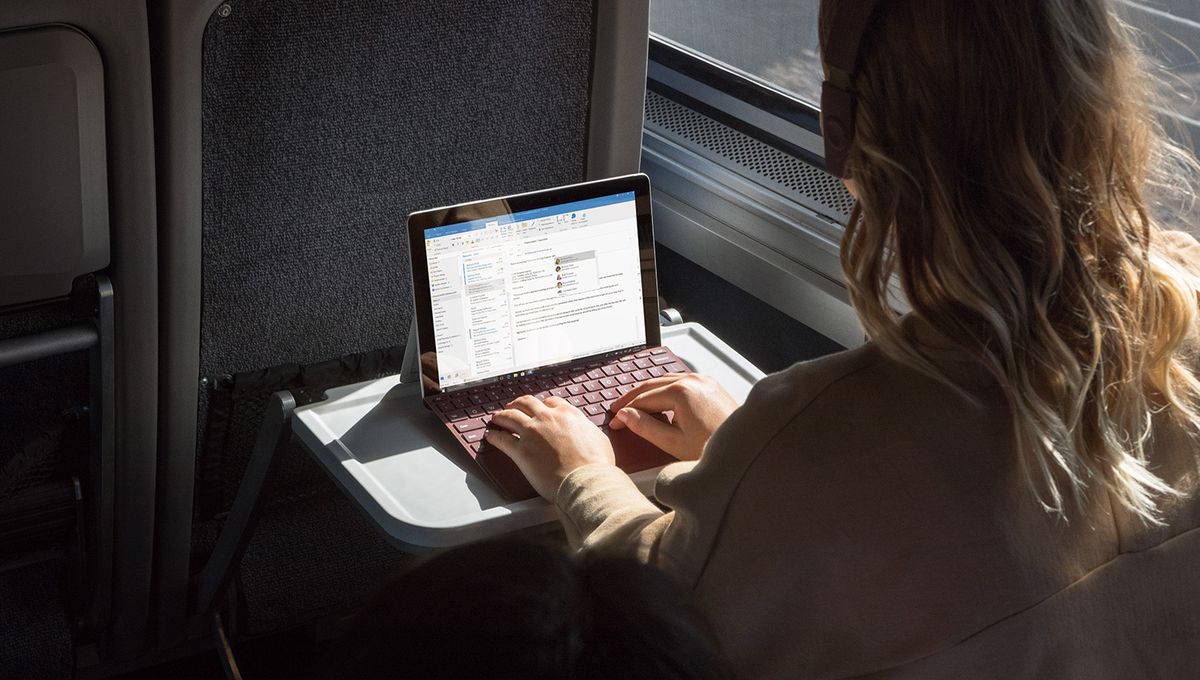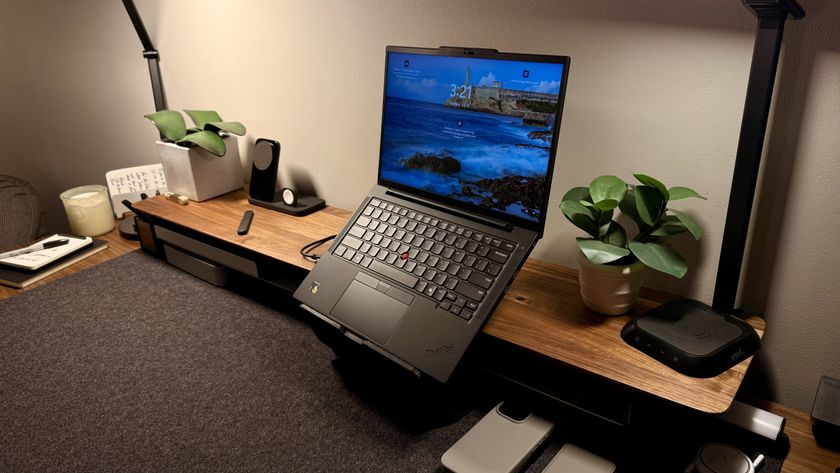Windows 10 May 2020 Update now tells you if it can’t be installed on your PC
New compatibility notification at least lets you know where you stand

Windows 10 May 2020 Update has introduced a new system whereby you’ll be informed if your PC isn’t ready to receive the latest upgrade from Microsoft.
As you’re likely aware, whenever a new feature update rolls out to Windows 10 users – which happens twice a year – Microsoft deploys it in phases, with only some users getting it initially, and others maybe after a few weeks, or even several months down the line.
- May 2020 Update is blocked by this security feature
- How to work smarter from home with Windows 10
- We solve 100 common Windows 10 problems
That’s because all PCs are of course different, and Microsoft tries to identify those which may have hardware or software compatibility issues with the new update, and holds off on delivering it to these machines to avoid potentially serious problems cropping up.
Previously, if you didn’t get an update and were manually checking for it, the upgrade simply wouldn’t show up. However, as of the May 2020 Update, Microsoft has added a notification which explains more about the situation, and gives the user some reassurance. That’s a helpful step, particularly for the less tech-savvy who might be wondering where on earth their update is.
As spotted by Windows Latest, the message tells the user: “The Windows 10 May 2020 Update is on its way. We’re offering this update to compatible devices, but your device isn’t quite ready for it. Once your device is ready, you’ll see the update available on this page [Windows Update]. There’s nothing you need to do at this time.”
What’s happening in the meantime is that Microsoft is working on whatever the compatibility problem might be, changing the May 2020 Update so it doesn’t cause whatever issue has been detected.
Smooth upgrades
Microsoft’s ultimate goal is to make sure that any upgrade isn’t delivered to a PC where it will cause problems, but inevitably issues – and sometimes big ones (cough, October 2018 Update) – slip through the net as we’ve seen in the past.
Get daily insight, inspiration and deals in your inbox
Sign up for breaking news, reviews, opinion, top tech deals, and more.
The company uses a system of machine learning (AI) to help smooth the rollout process of any upgrade, and started doing so two years ago. The idea is that the AI analyzes data on Windows 10 devices to pick out those having a good update experience during the rollout, and uses this data to determine the next PCs which should receive the upgrade.
Although the irony is that this system was introduced just before the aforementioned October 2018 Update was released, which was the most gremlin-ridden update ever seen for Windows 10.
While the new message is certainly useful, it still doesn’t give any details about exactly what compatibility problem may be the hold-up – and perhaps that’ll be additional information provided in the future.
Then again, Microsoft may have decided against doing so in case users attempt to find workarounds or fudges based on any details imparted, which may potentially cause more trouble than good.
- These are the best laptops of 2020
Darren is a freelancer writing news and features for TechRadar (and occasionally T3) across a broad range of computing topics including CPUs, GPUs, various other hardware, VPNs, antivirus and more. He has written about tech for the best part of three decades, and writes books in his spare time (his debut novel - 'I Know What You Did Last Supper' - was published by Hachette UK in 2013).












